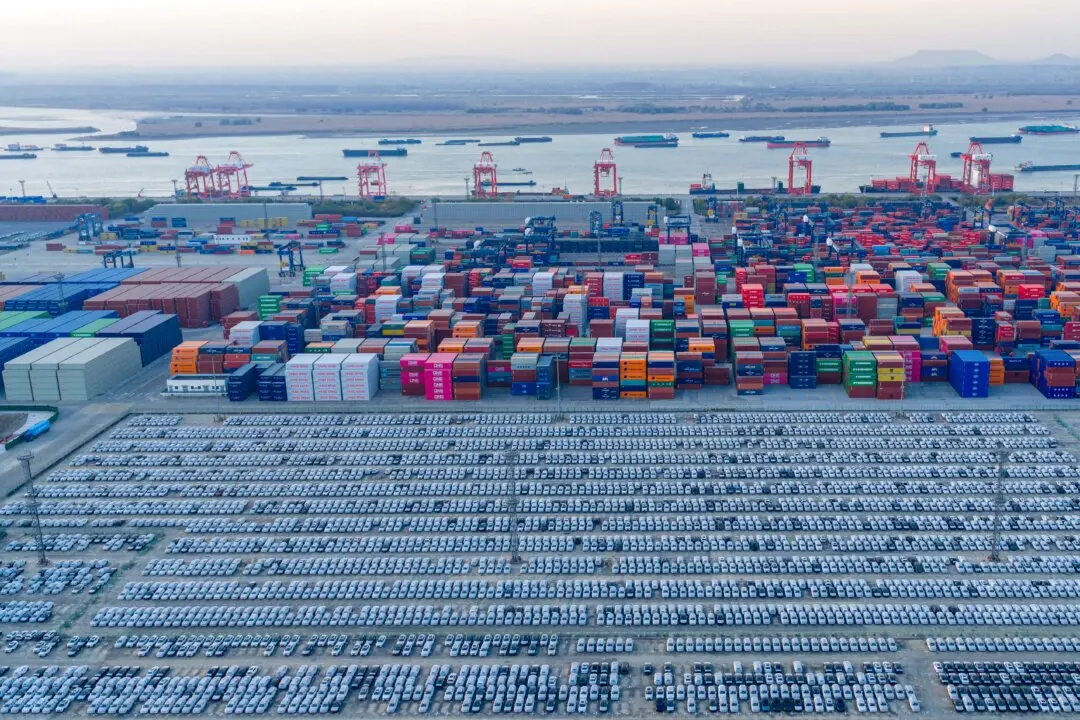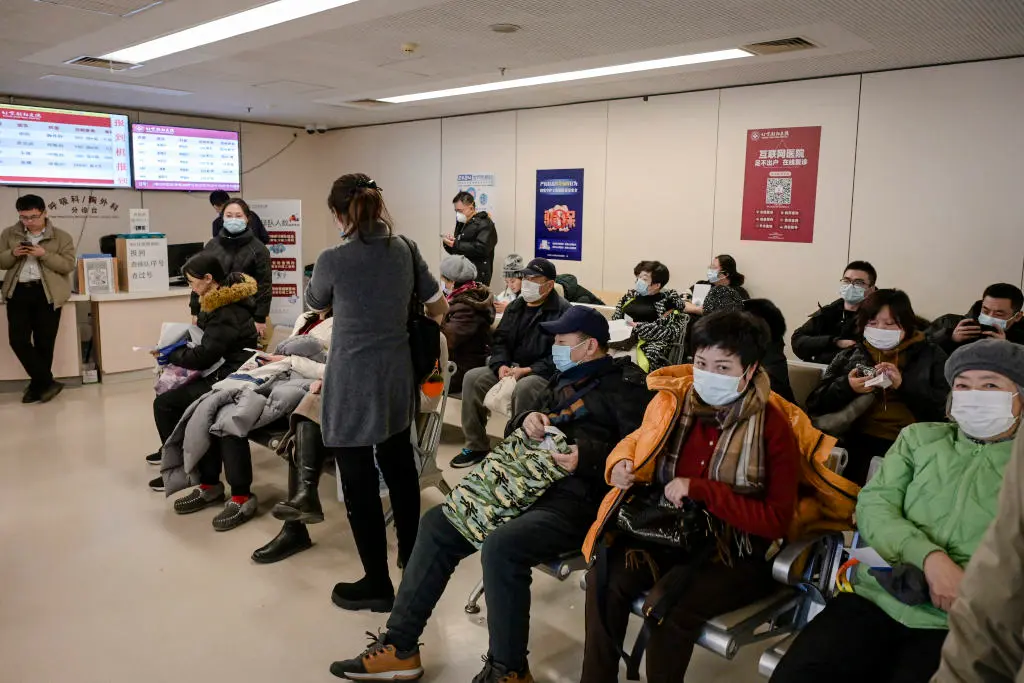China’s Ministry of Finance said on Dec. 28 that the communist regime will lower import tariffs on ethane and some recycled copper and aluminum raw materials from Jan. 1, 2025.
Provisional import tax rates lower than the most-favored-nation tax rate will be applied to 935 commodities, the ministry said in a statement.




